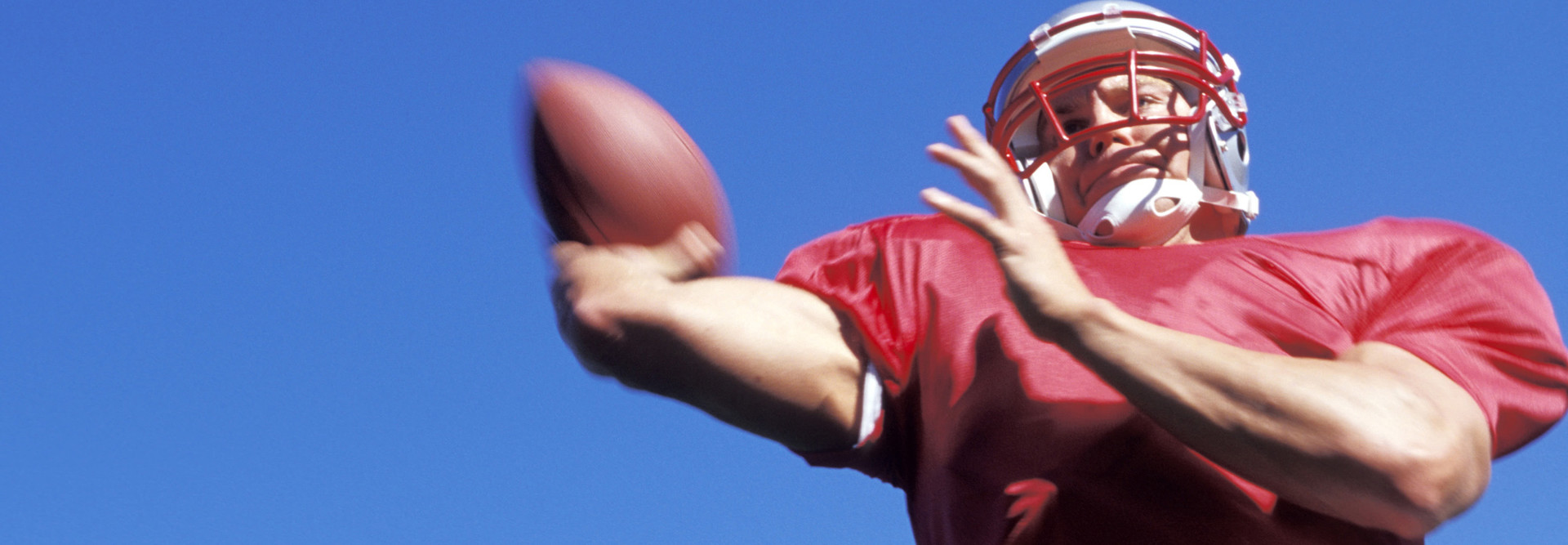Visualizing the Game: The Emerging Role of Virtual Reality in Football
Virtual reality systems have taken to the field.
Dallas Cowboys head coach Jason Garrett added a STRIVR sports-based virtual reality (VR) platform to his second team’s training arsenal, signaling the technology’s debut within professional football.
“For a lot of backup players, we emphasize doing whatever you can do to get yourself ready, whether it’s extra tape, extra time on the game plan,” Garrett said during a press conference. “This virtual reality system that we have in place here with the Cowboys is a good tool for us to take the next step in regards to that,” he added later.
According to a post on SportTechie — one of BizTech's 50 Must-Read IT Blogs — VR technology is especially useful for players like Brandon Weeden, whose role as backup quarterback earns him limited reps at training camp:
The extra time with the STRIVR technology can allow Weeden to go over the minute details of every play he participates in during practices and meticulously break down all of the moving pieces to perfect his understanding. This critical analysis could be the push that a player like Weeden needs to make an impact if the situation presents itself.
VR technology also aids aging or chronically injured athletes, because it reduces contact while bolstering players’ mental game through ultrarealistic imagery and audio.
An Around the NFL report explains how the Cowboy training staff brought these immersive simulations to life:
The team installed a stationary camera behind the line of scrimmage that offers a 360-degree view of the play, including sound. Quarterbacks, linebackers and safeties will wear a virtual reality headset that allows coaches the ability to see if players are making the correct reads and checks. The technology ostensibly also benefits players not involved with the play by giving them a first-person perspective of game tape.
At Stanford University, where the STRIVR system got its start, VR technology helped Cardinal quarterback Kevin Hogan improve his pass completion rate by 12 percent. Use of the STRIVR system then spread to a handful of college football teams before making the leap to the NFL, and the momentum hasn’t ceased.
According to SportTechie’s JD Harris, teams like the Philadelphia Eagles have already expressed interest in the technology.
“Before long, virtual reality training has a chance to be a staple in all of the NFL clubhouses,” he predicts.









